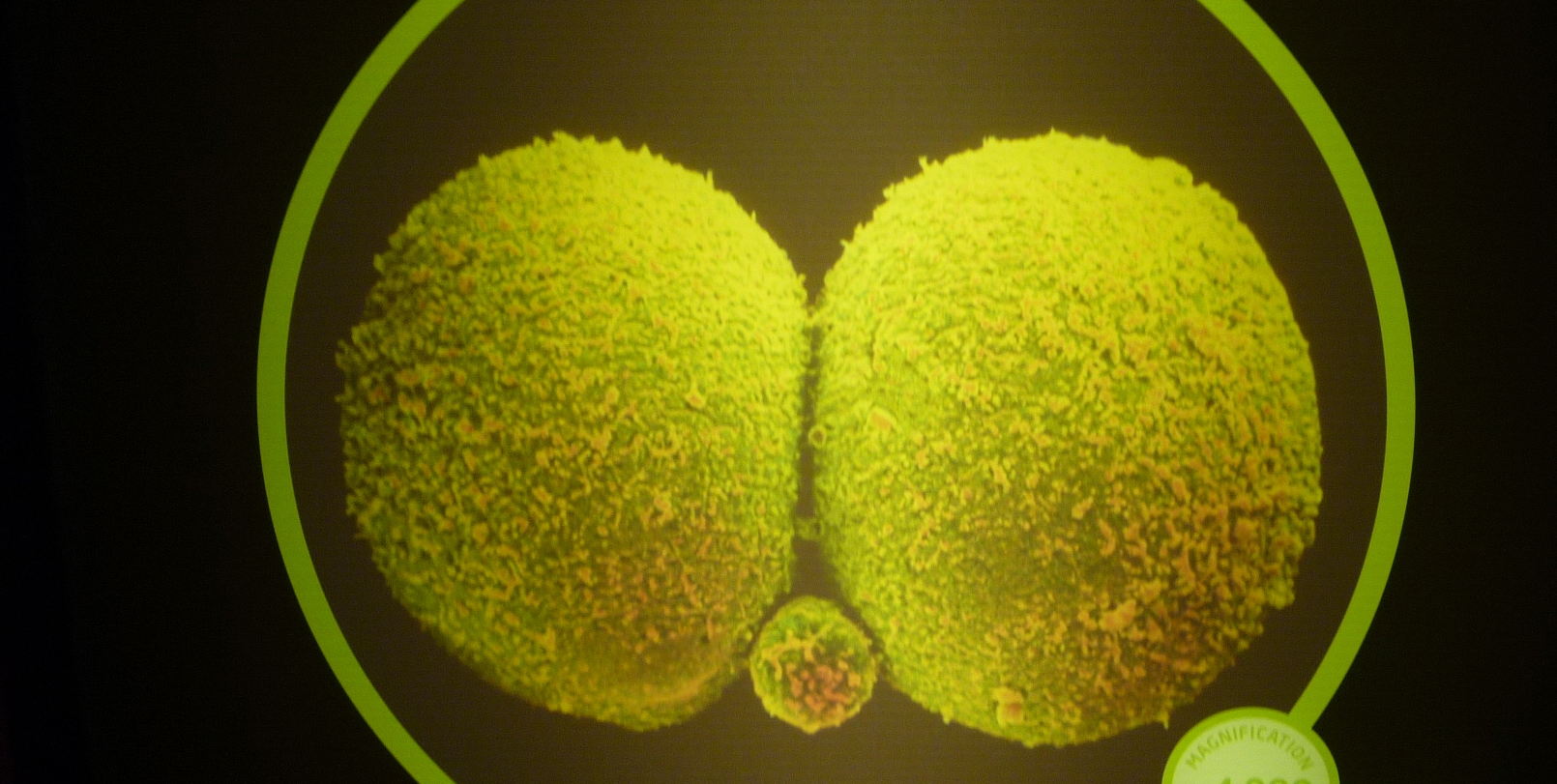Prominent Geneticists Question the Results of Human Embryo Editing Experiment

Credit to Author: Tanya Basu| Date: Fri, 01 Sep 2017 14:27:49 +0000
In late July, researchers at Oregon Health and Science University released some startling news: They’d been able to use the controversial gene-editing tool CRISPR to make genetically modified human embryos, the first time such a feat had been performed in the United States.
The discovery made international news, and the study’s lead author, Shoukhrat Mitalipov, held a press conference in which he said he’d like to move on to clinical trials, which would include “transplanting some of these embryos with the goal of establishing pregnancy and monitoring the birth of children.”
But a paper published Tuesday by high-profile geneticists including Harvard’s George Church—considered a giant in the gene-editing field—in the journal Biorixv suggests that many scientists still remain skeptical of the feat.
In the article, tagged “Contradictory Results,” a team of scientists led by Columbia University’s Dieter Egli call into question Mitalipov’s findings.
Mitalipov’s findings were splashy, and suggested that we were inching closer towards a future of erasing genetic disease, paving the way for genetically modified “designer babies.” Prior to Mitalipov’s paper, American researchers had enviously watched as Chinese scientists showcased their gene-editing progress in three papers. Mitalipov and his team, however, said they they were able to improve upon previous Chinese research. The Chinese experiments using CRISPR caused errors when genes were edited, a phenomenon scientists call mosaicism; only some of the cells in an embryo were receptive to the editing, while others didn’t repair as desired and exhibited “off-target” effects. This essentially created embryos where some cells were edited and others were not. The big breakthrough, Mitalipov said, was that the embryos his team edited did not exhibit mosaicism.
As Kate Lunau explained in Motherboard last month:
“They fertilized eggs from female donors with the sperm, and then used CRISPR, the powerful gene editing tool, to ‘cut’ the mutant sequence. Breaks were fixed using the non-mutated copy from the egg donor as a ‘template,’ the researchers explained. About two-thirds of the embryos ended up with two mutation-free copies of the targeted gene.”
Egli’s paper plainly lays out the stakes: “Their conclusion is significant, if validated, because such a ‘self-repair’ mechanism would allow gene correction without the introduction of a repair template.” They say such a capability would be a “stunning biological finding.”
Egli and Church’s paper does not suggest that Mitalipov didn’t successfully edit human embryos, but it says the proof provided in the initial paper isn’t sufficient. The would-be key breakthrough in Mitalov’s experiment, they argue, would be the repair of potentially mutated embryos; Mitalov’s evidence, they say, focuses on the detection of known mutations rather than on proving that the repair mechanism actually works.
“Given the far-reaching implications, providing direct evidence for correction of the pathogenic allele, rather than the inability to detect the mutant allele, cannot be overemphasized,” Egli and Church write.
Again, this does not mean that Mitalipov didn’t succeed; it just means that prominent scientists want more evidence that the technique actually works. It means we’re likely to see both more scientific debate, but also more experiments trying to recreate these results.
On Wednesday evening, Mitalipov fired back on Twitter, challenging other scientists to reproduce his results. “The critique leveled by Egli, et al, offers no new results but instead relies on alternative explanation of our results based on pure speculation,” Mitalipov said. “We will respond to their critiques point by point in the form of a formal peer-reviewed response in a matter of weeks.”
https://motherboard.vice.com/en_us/rss